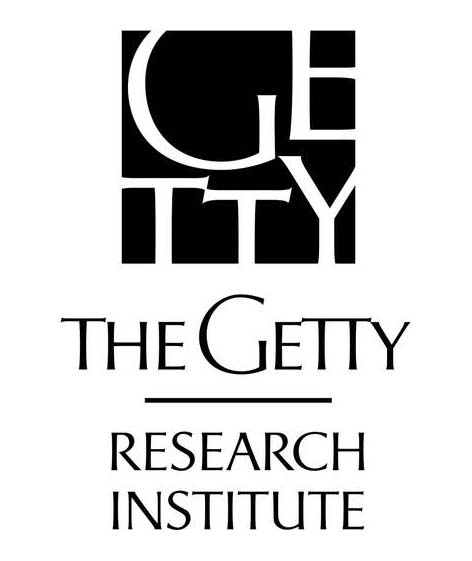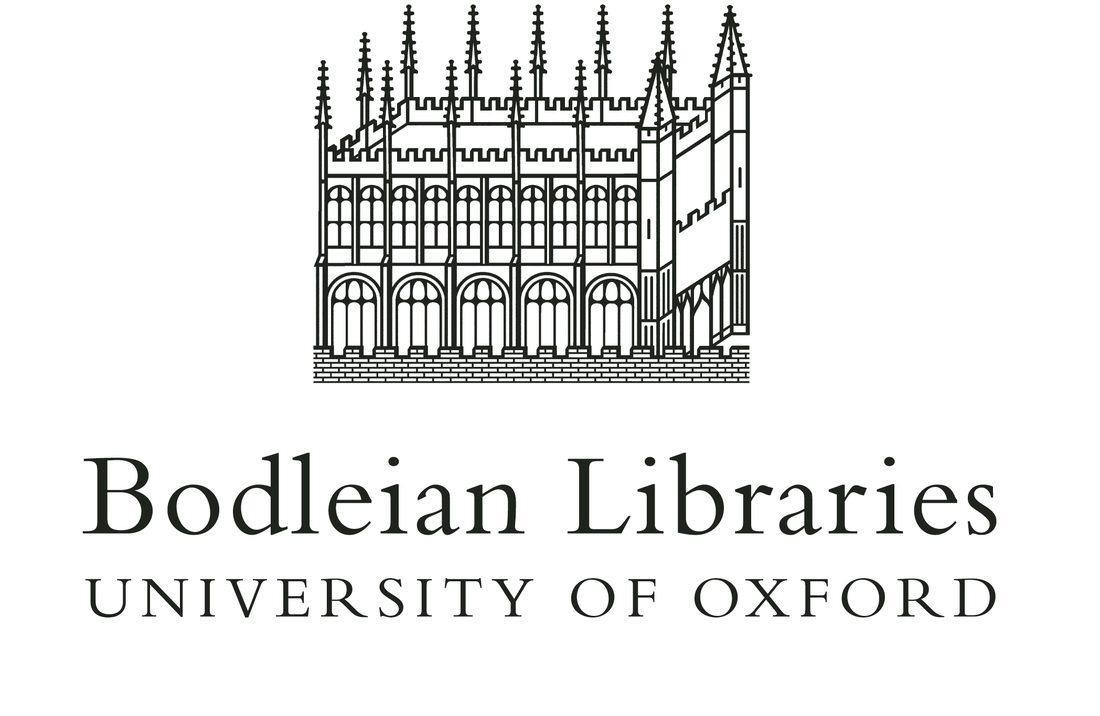|
George Romney, who died in Kendal in 1802 was one of the most celebrated portrait painters of his time, along with Sir Joshua Reynolds and Thomas Gainsborough. He was born in Dalton-in-Furness in 1734 and after learning his craft of cabinet-making there and in Lancaster, he was apprenticed to the portrait painter Christopher Steele in 1755. In 1757 he broke his apprenticeship and set up on his own in a studio in Kendal.
Romney began to build up a reputation through his portraits of the local gentry, particularly the Wilsons of Dallam Tower and the Stricklands of Sizergh Castle. His future was necessarily in London, but there were family complications. He had married Mary Abbot, the daughter of his Kendal landlady, in 1756 and by 1760 he was the father of two children. Eventually, in 1762, Romney set off for London by himself and except for short visits, did not return until he was in his sixty-fifth year. The reputation that Romney achieved in London by his paintings, particularly of women in the higher ranks of society, is borne out by over a thousand canvasses in public and private collections throughout the world, including some distinguished examples in Abbot Hall. His whole career was in London, apart from two all-important years travelling, studying and sketching in Italy. His fame and his comparatively modest fees did not please Sir Joshua Reynolds, and Romney never submitted paintings to the new Royal Academy, of which Reynolds was President. Despite his success as a society painter, Romney was a very private man and we know little about his personal life or his opinions. It is evident that he found painting the rich and famous constricting, though financially it was inescapable. He had ambitions in what is known as historical painting and he was an enthusiastic supporter of Boydell’s Shakespeare Gallery in the 1780s, to which he contributed his large, Romantic The Tempest. A great power and freedom is to be found in his drawings, notably those depicting scenes in some of Shakespeare’s tragedies and the visions of the prison reformer John Howard visiting dungeons. In this kind of work there is an emotional and imaginative depth not found in the more accomplished society portraits. In 1782, Romney met Emma Hart and became obsessed with her, at least as a subject for his painting, before she became Lady Hamilton and then Nelson’s mistress. She appears in many of his portraits and allegorical paintings and also in some of his Shakespeare paintings. Romney had proposed to settle in Hampstead but in 1799 he returned to Kendal and his long-suffering wife, settling in the house near Nether Bridge which now bears his name. He died on 15th November 1802 and was buried in Dalton. Romney’s legacy of 2000 paintings and about 5000 drawings, scattered through 23 countries, makes him one of the most distinguished and widely known sons of Furness and South Lakeland in the world. |
Self portrait. Yale Center for British Art, New Haven.
Mrs Wilson and child. Yale Center for British Art, New Haven.
Mrs Prescott and children. Nemours Mansion and Gardens. Wilmington, Delaware.
|
|
Interested in becoming a member of the Romney Society?
|
The Romney SocietyThe Romney Society, C/O Glyn Hopkin Ltd,
279-289 London Road, Romford, Essex, RM7 9NP |
|
Follow Us On
|
The following Companies and Museums are associated with, or members of, the Romney Society
|
©The Romney Society 2022 | Privacy Policy | Registered Charity 1067208
|
Website by Treble3
|


































